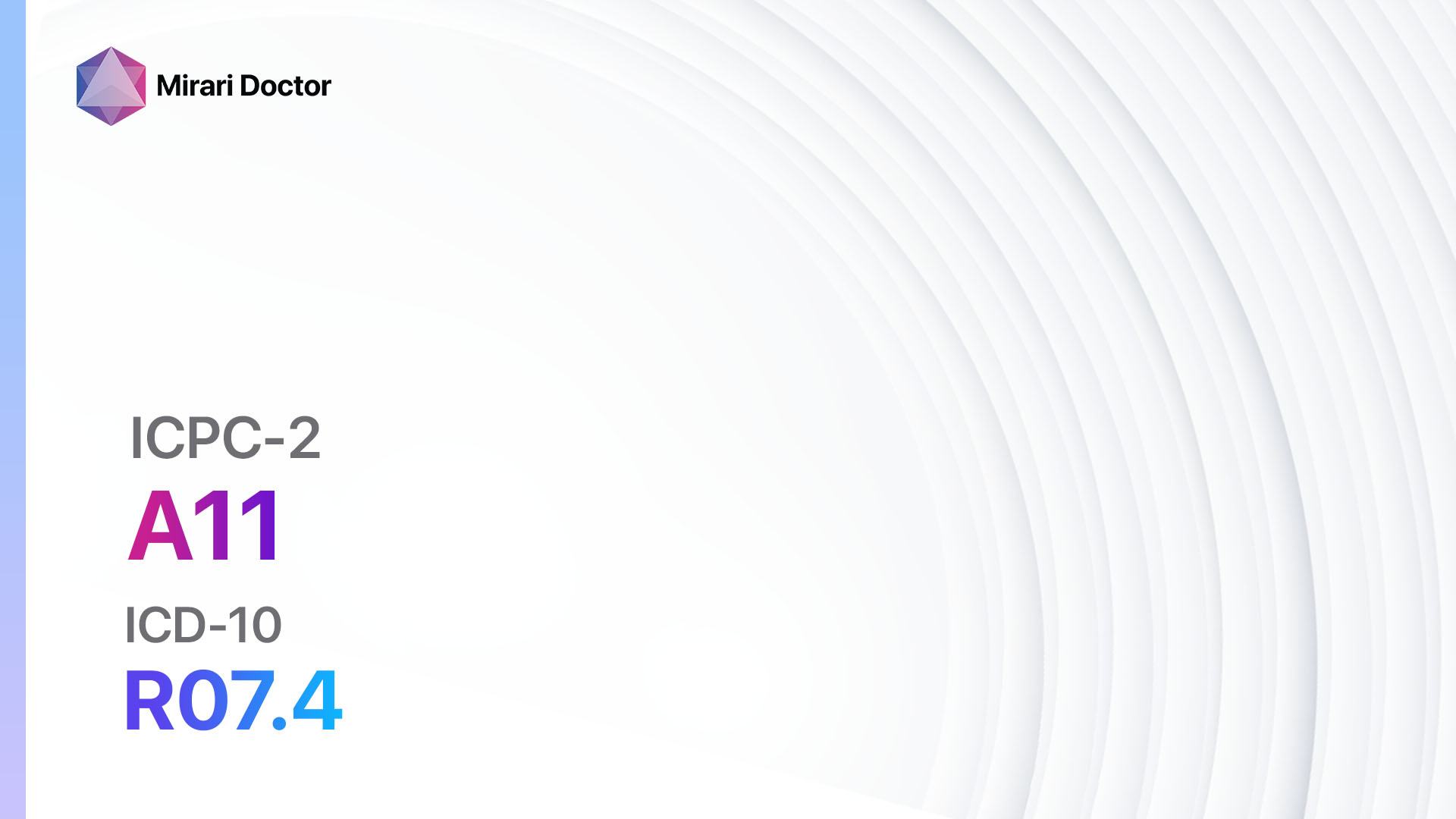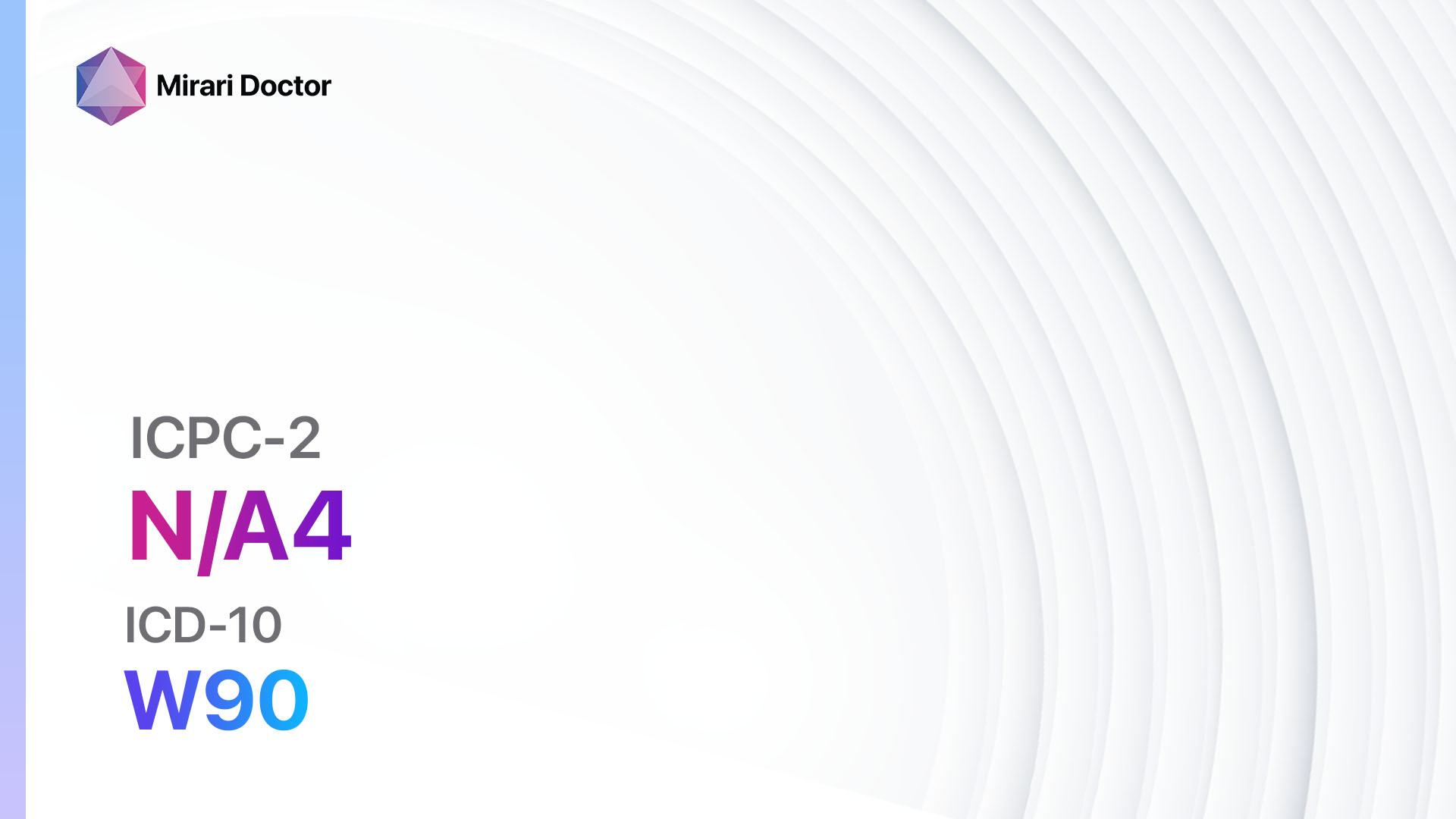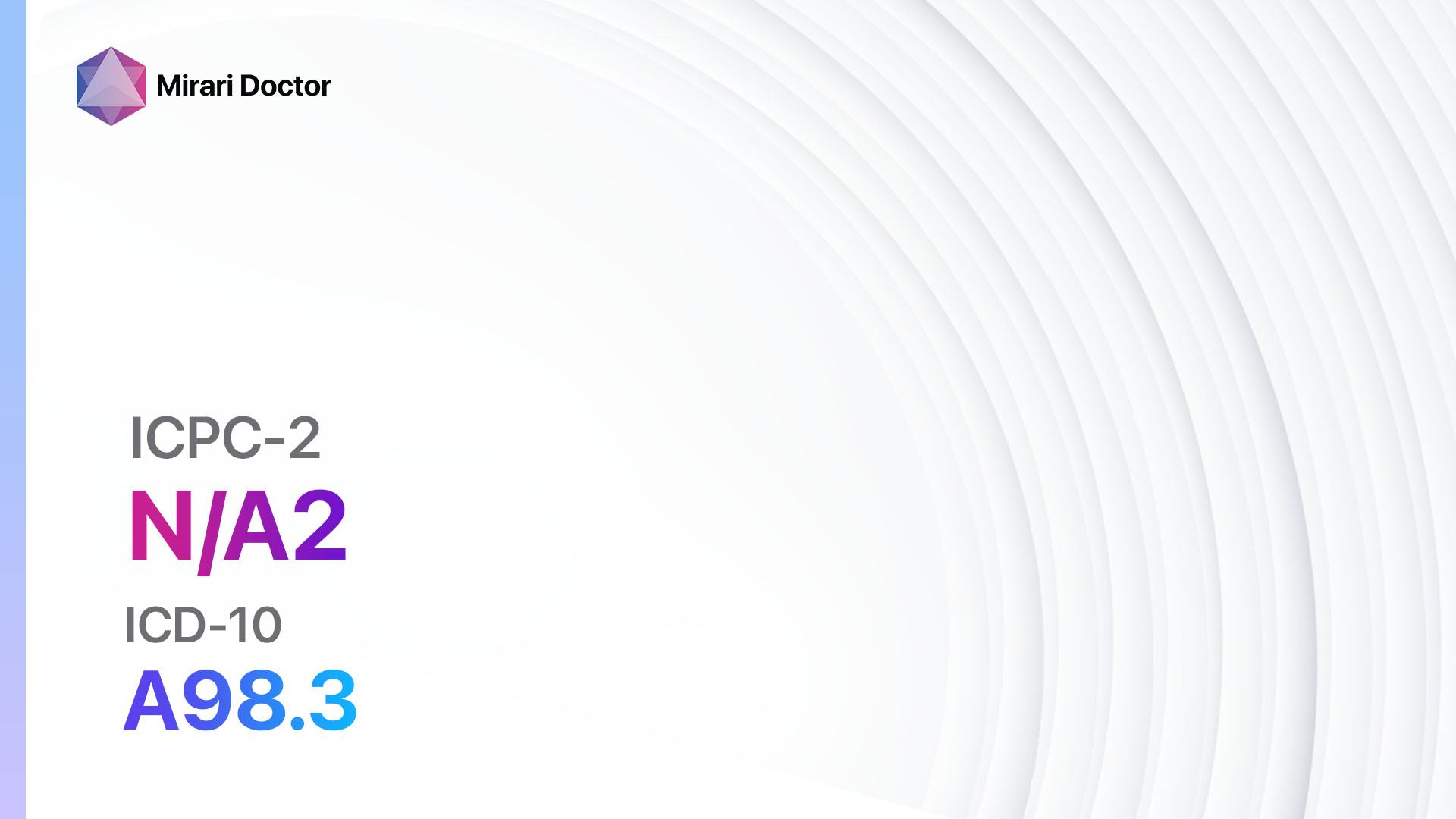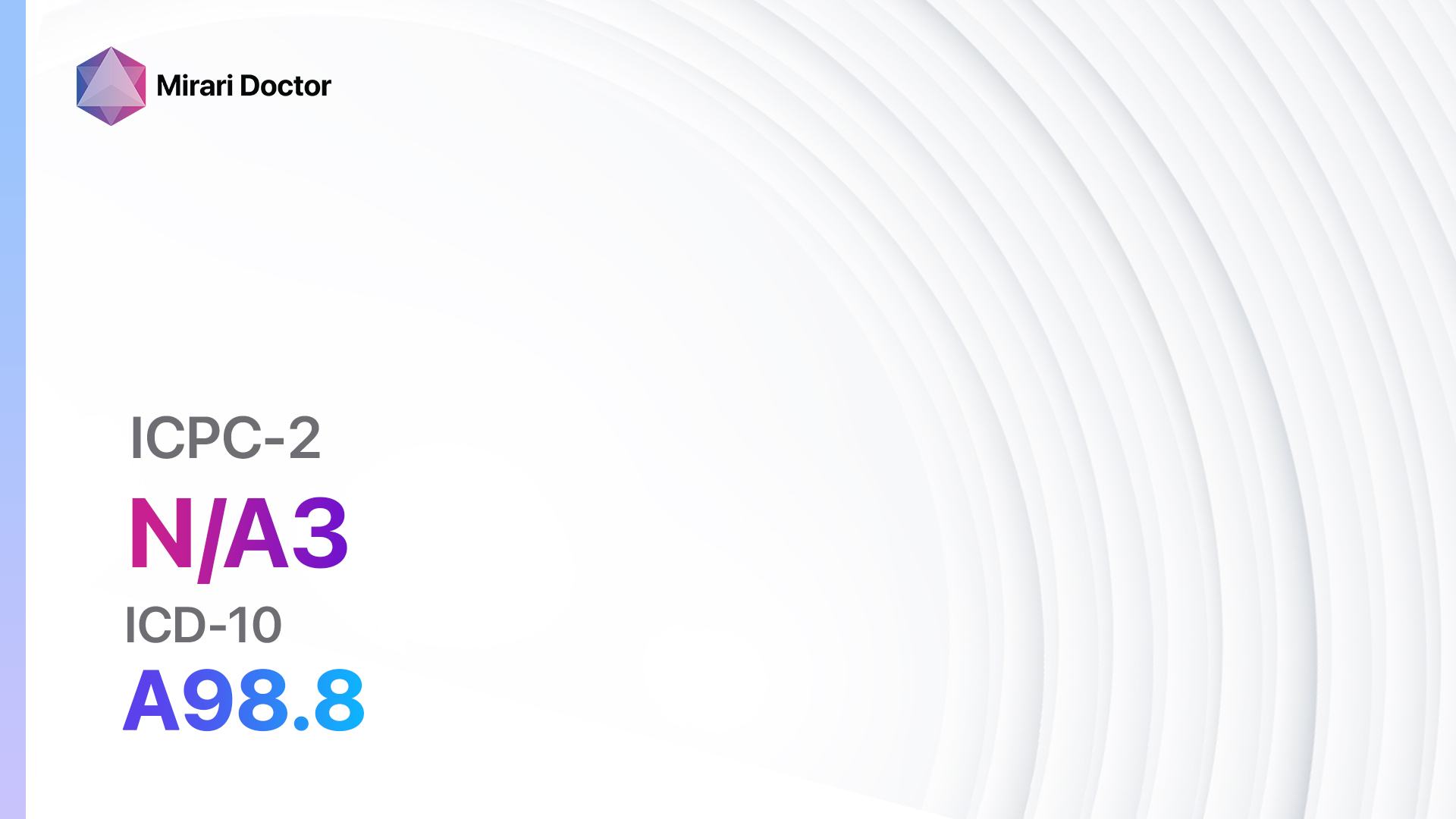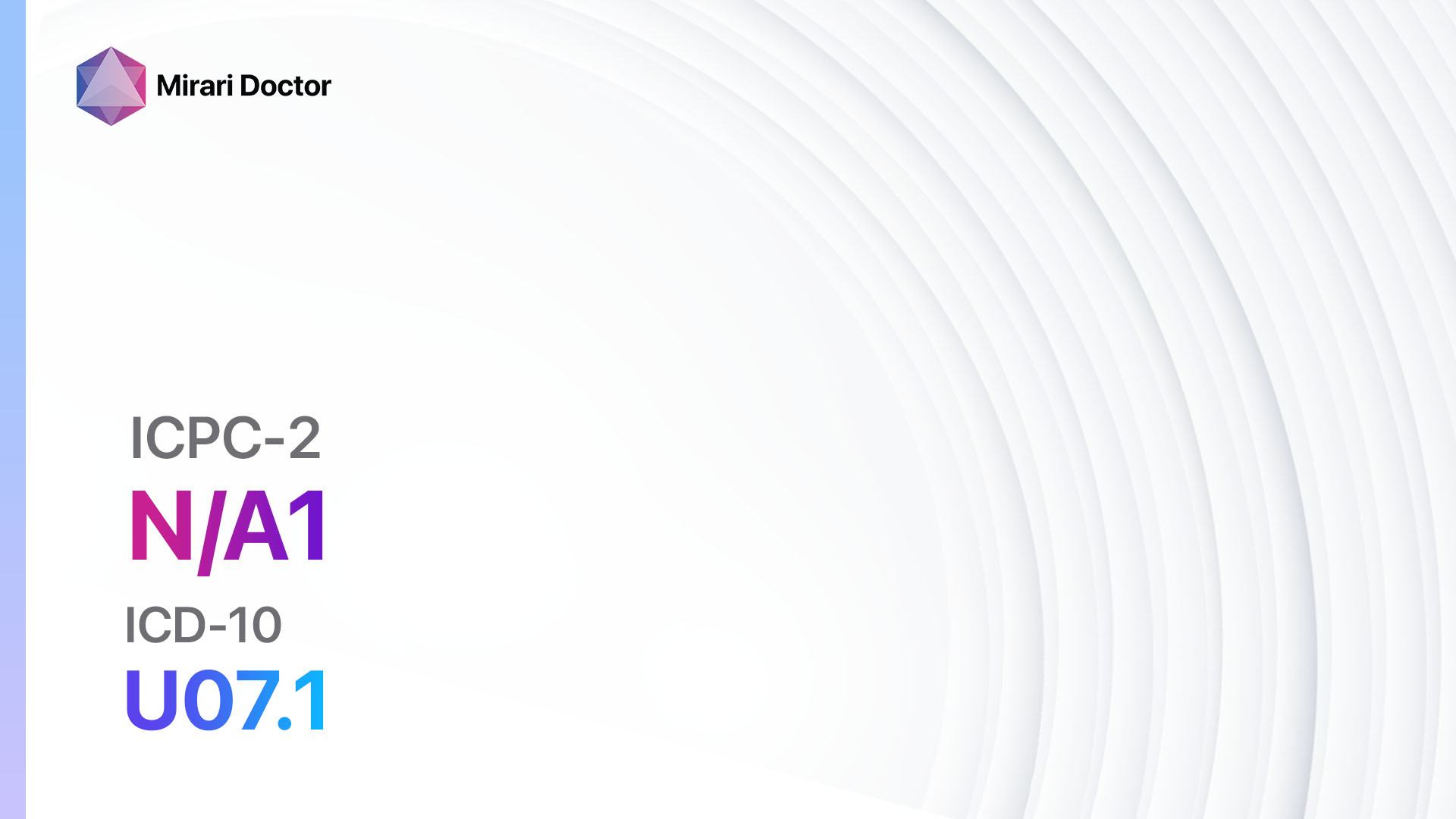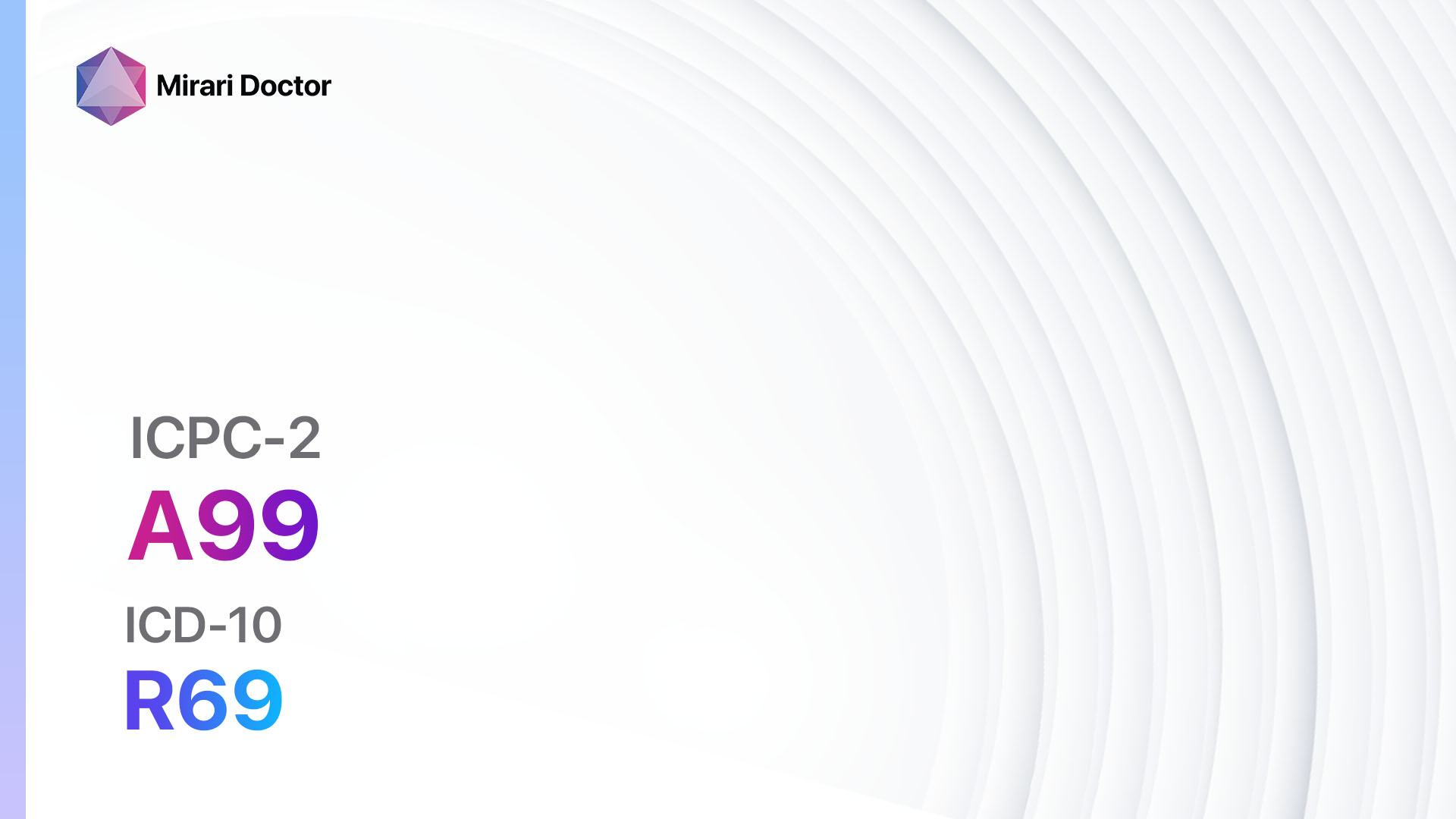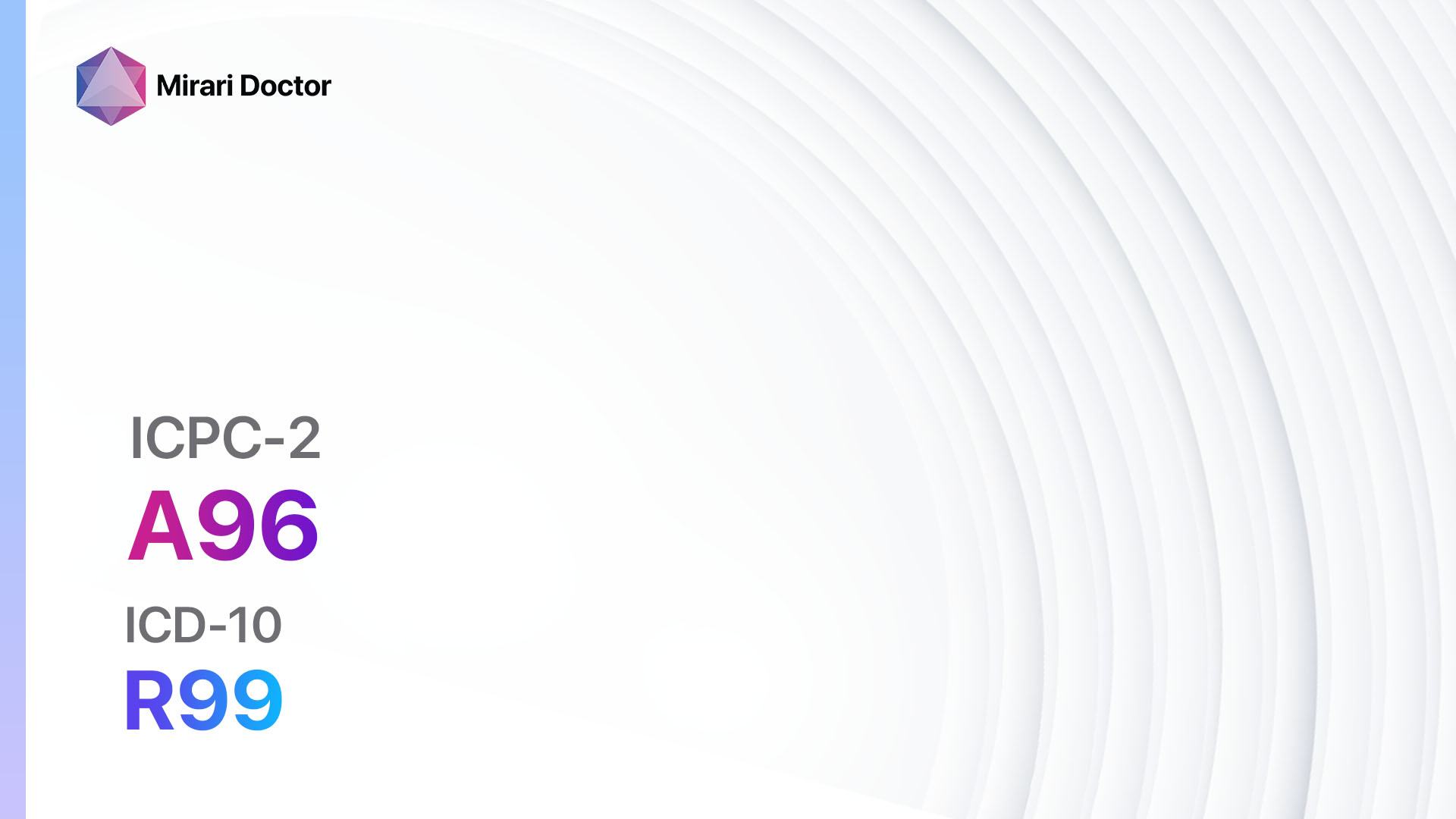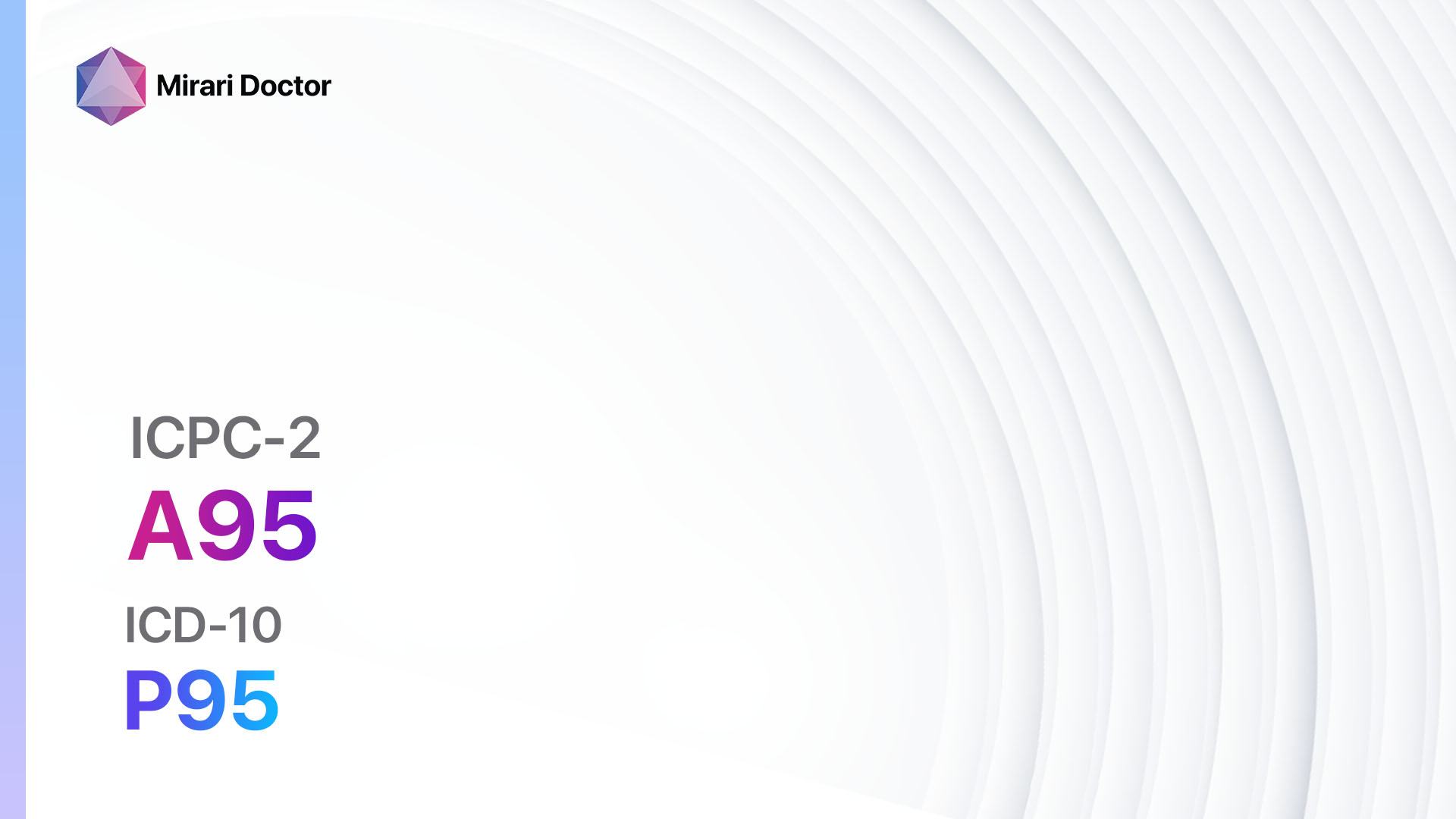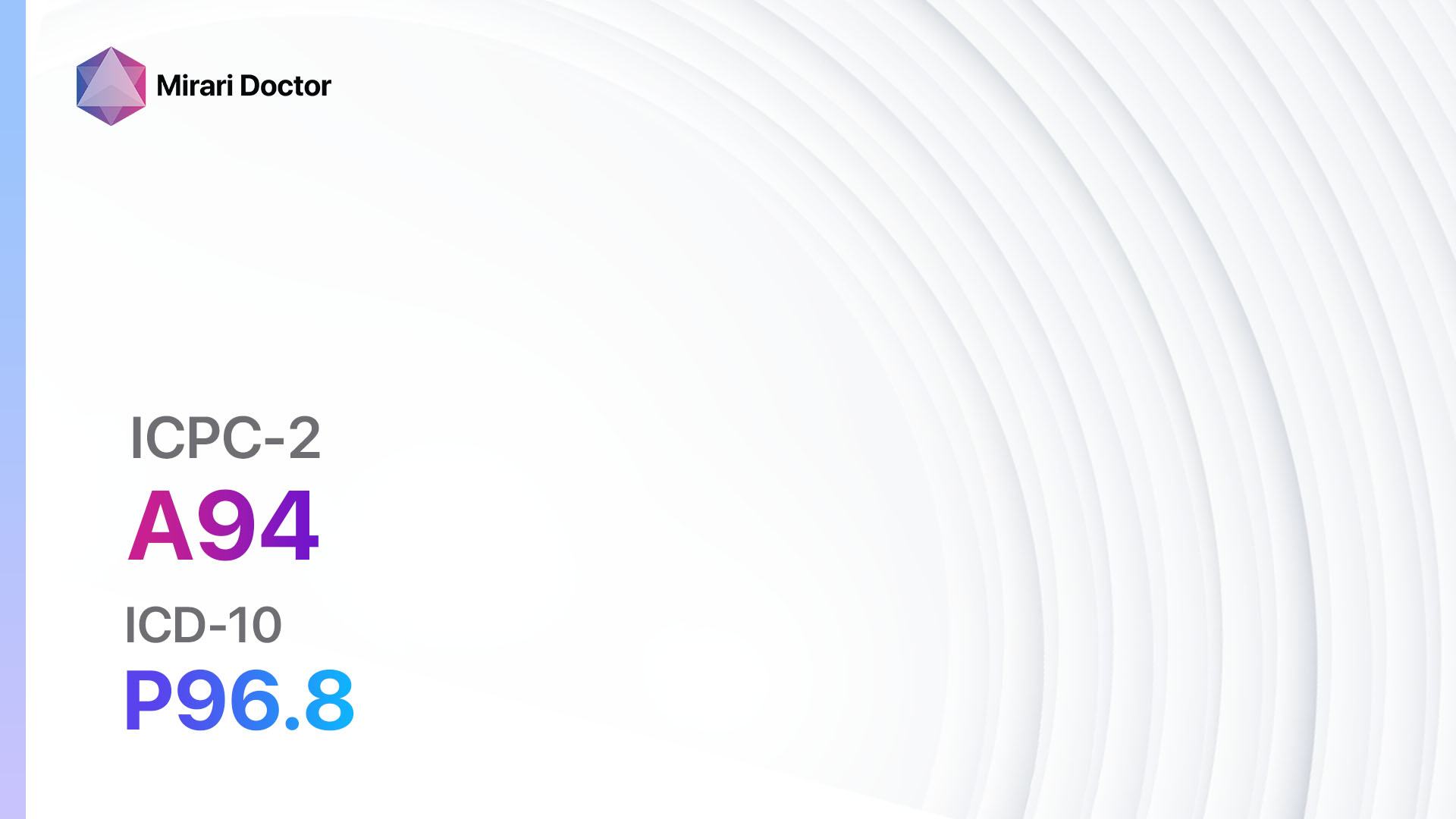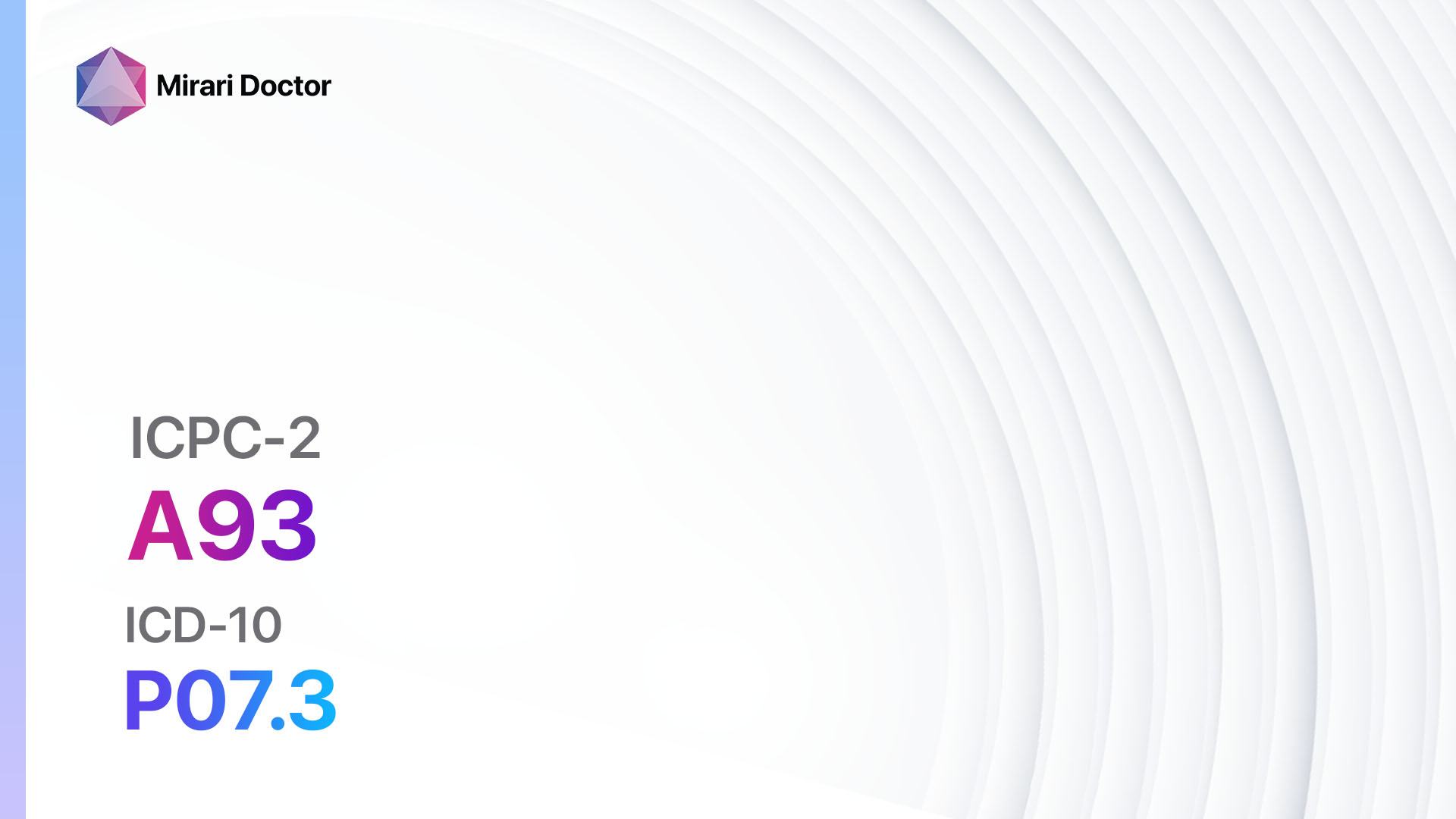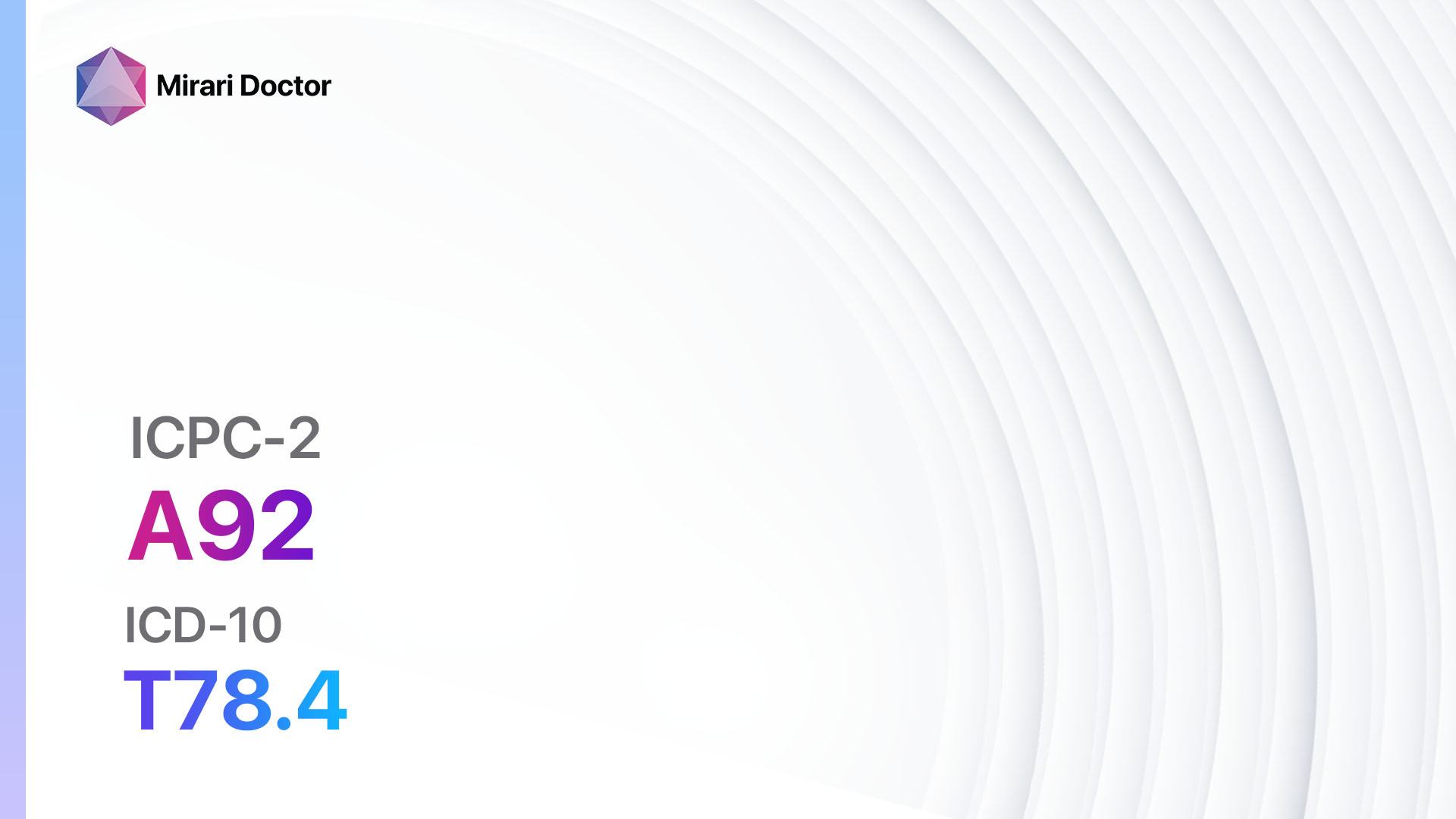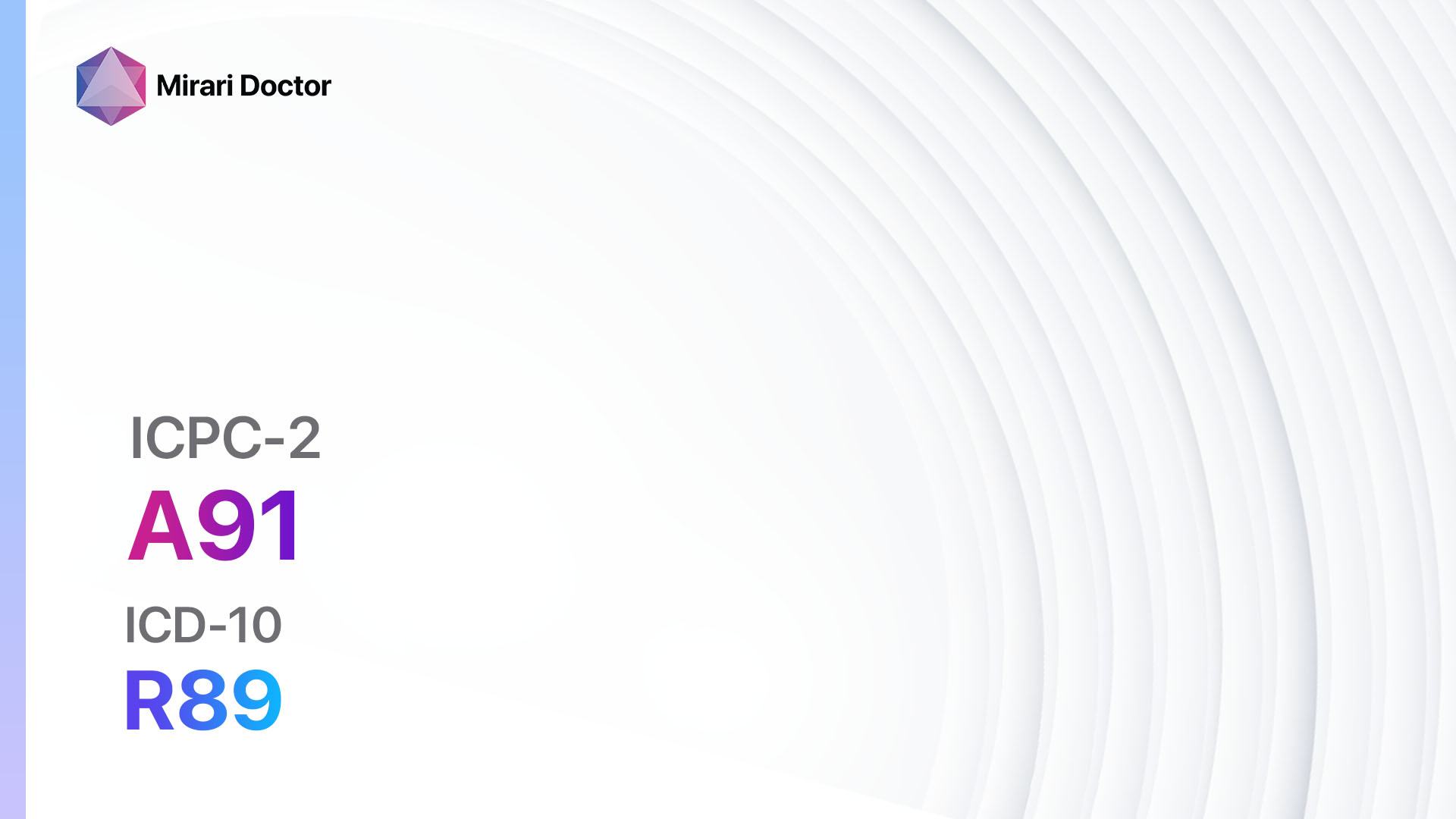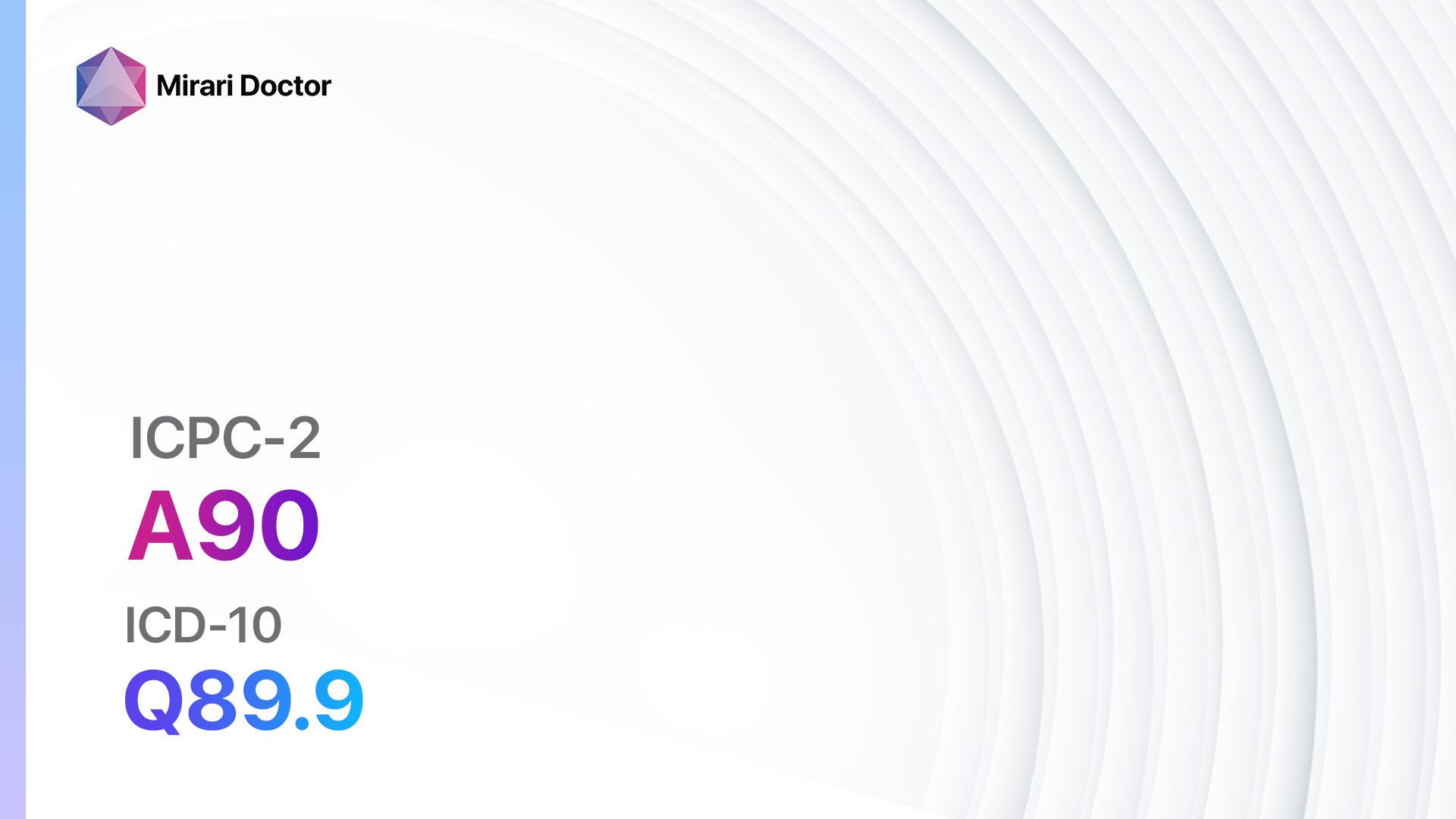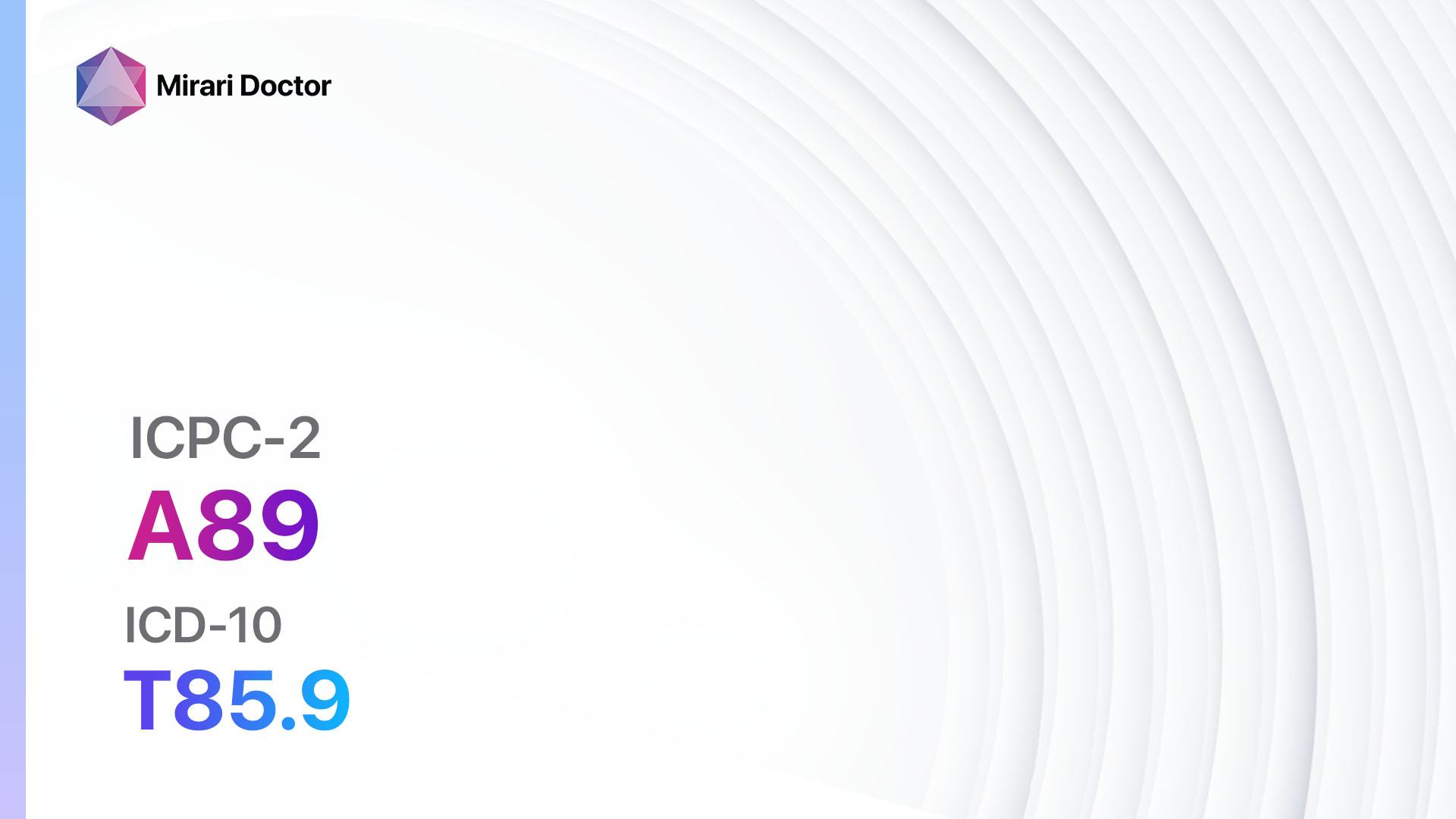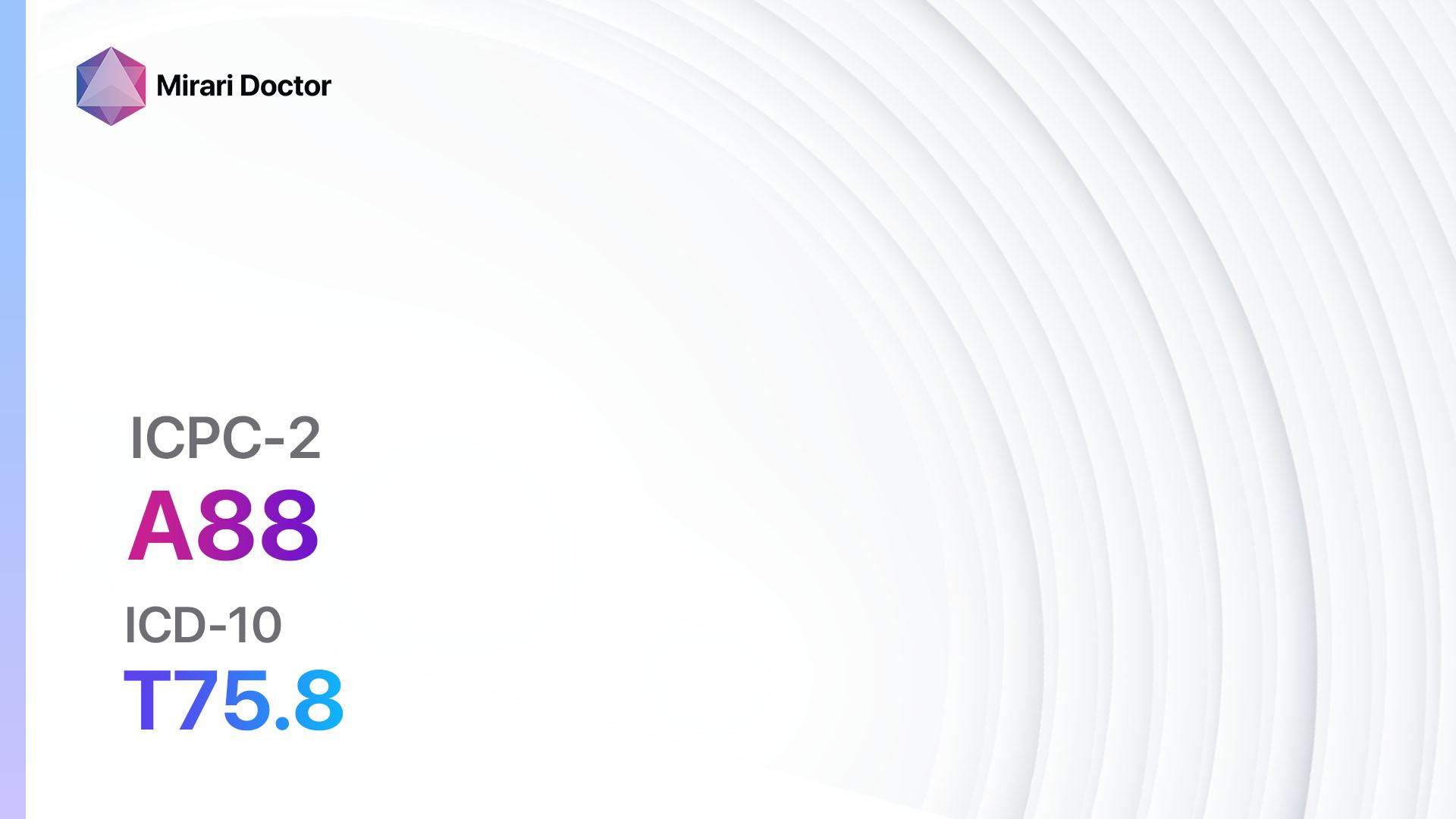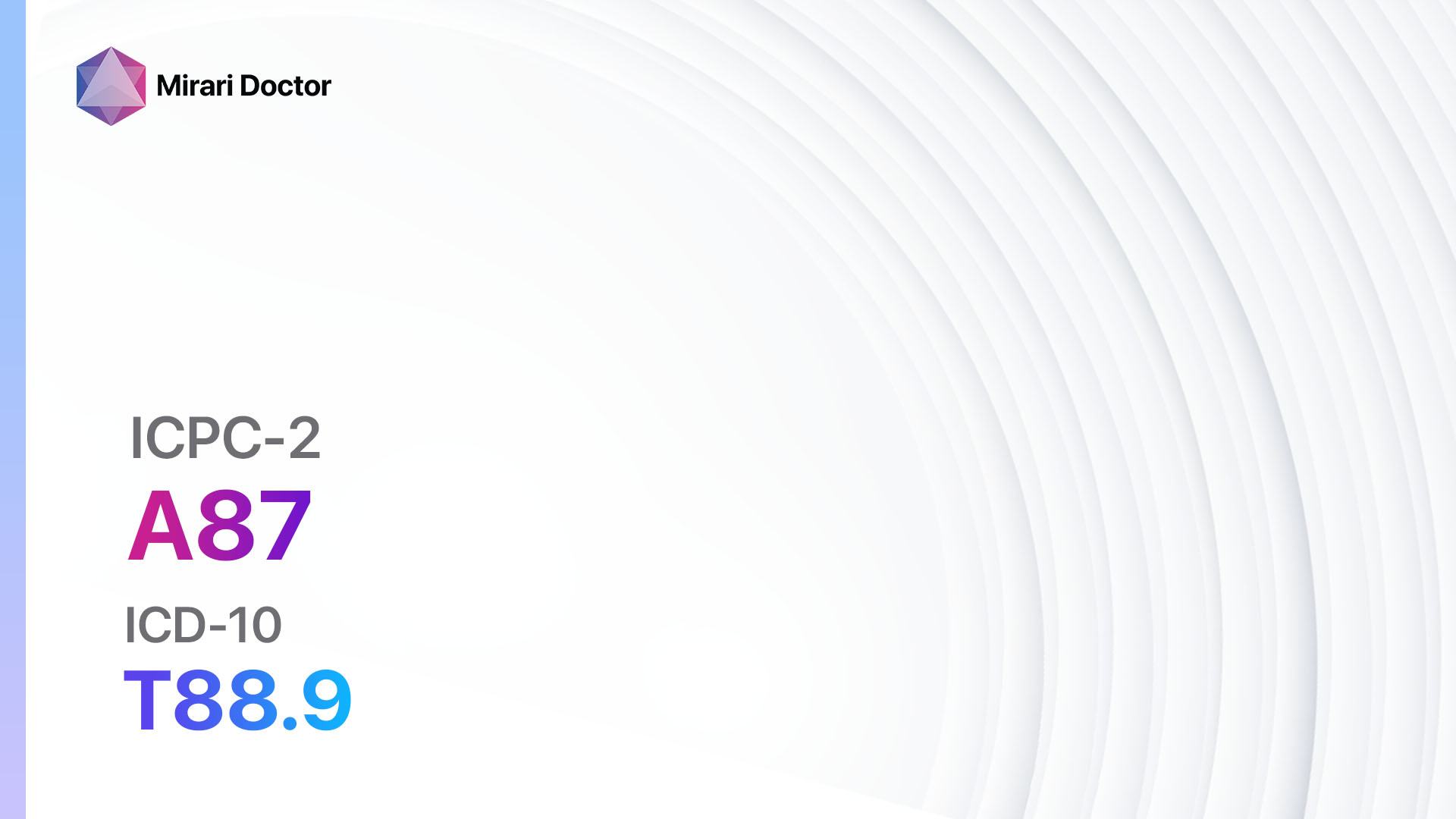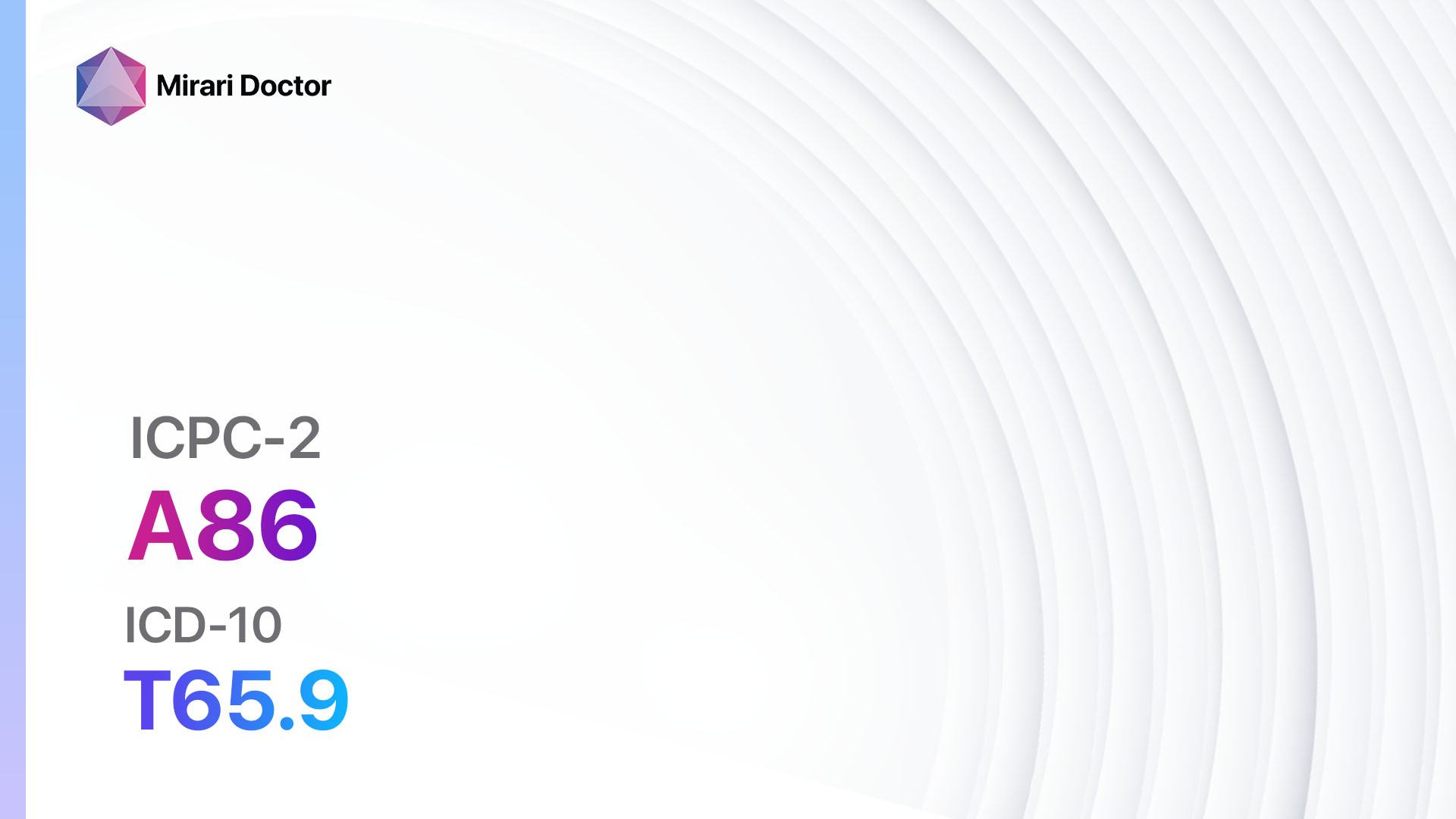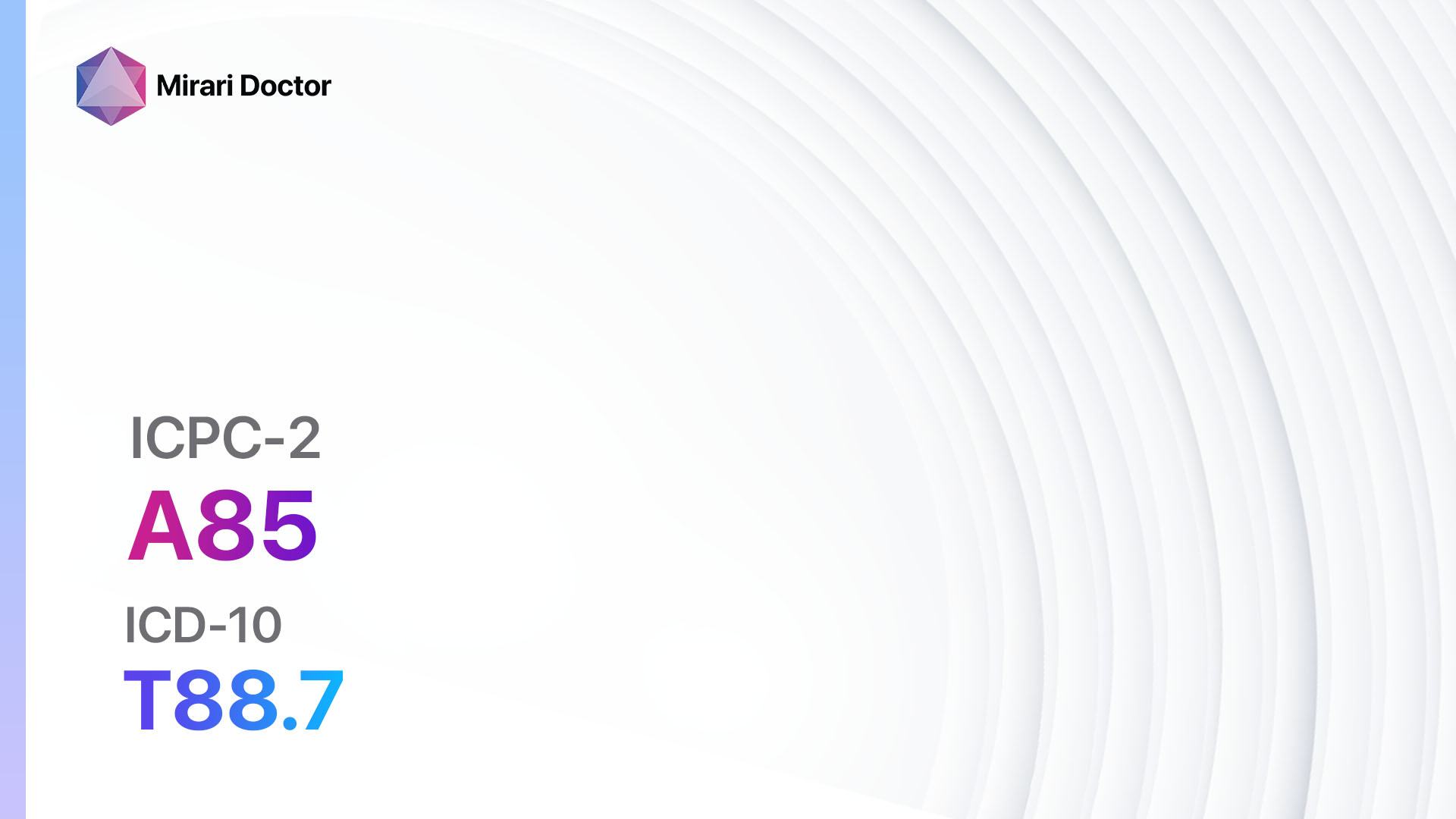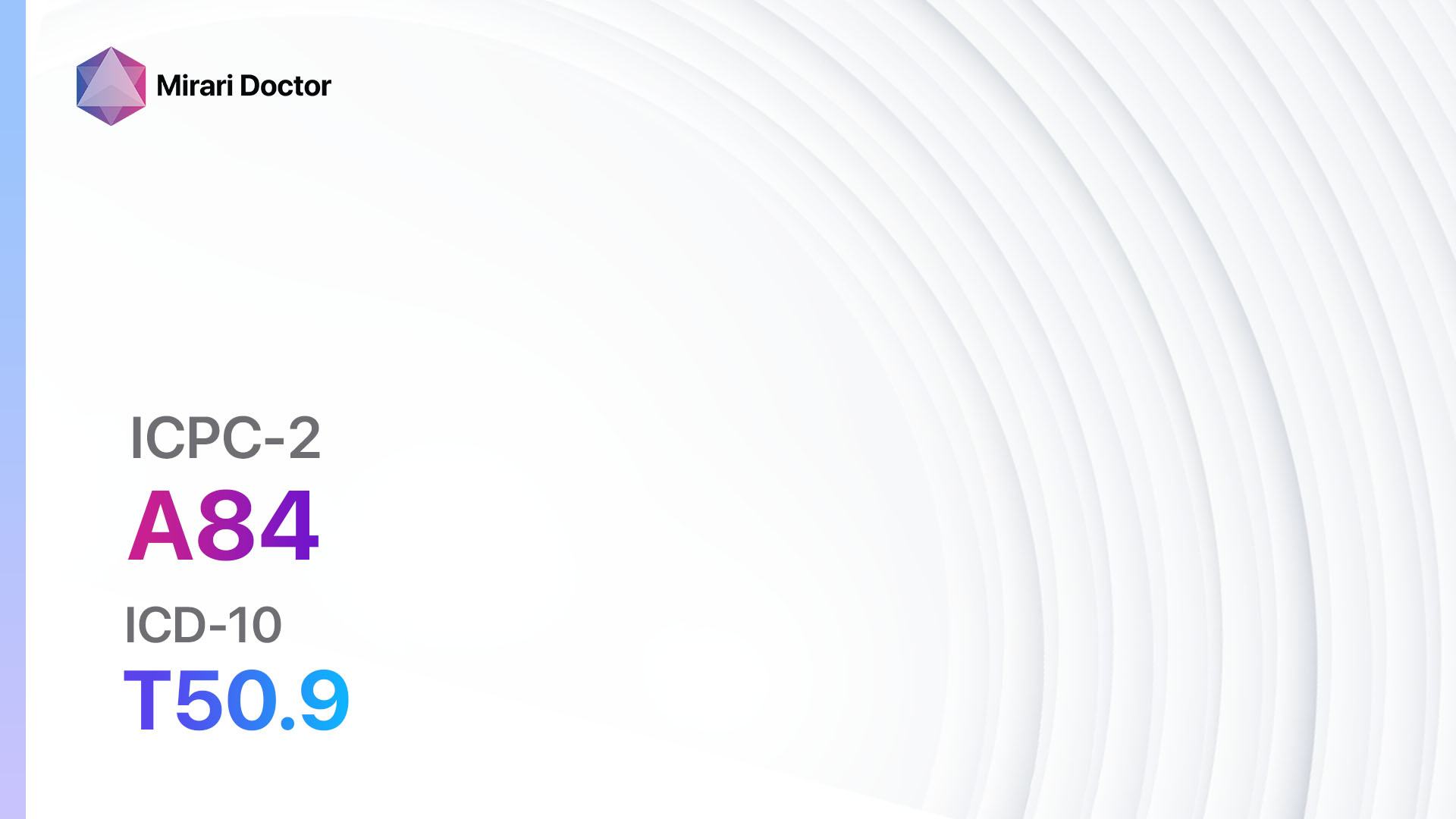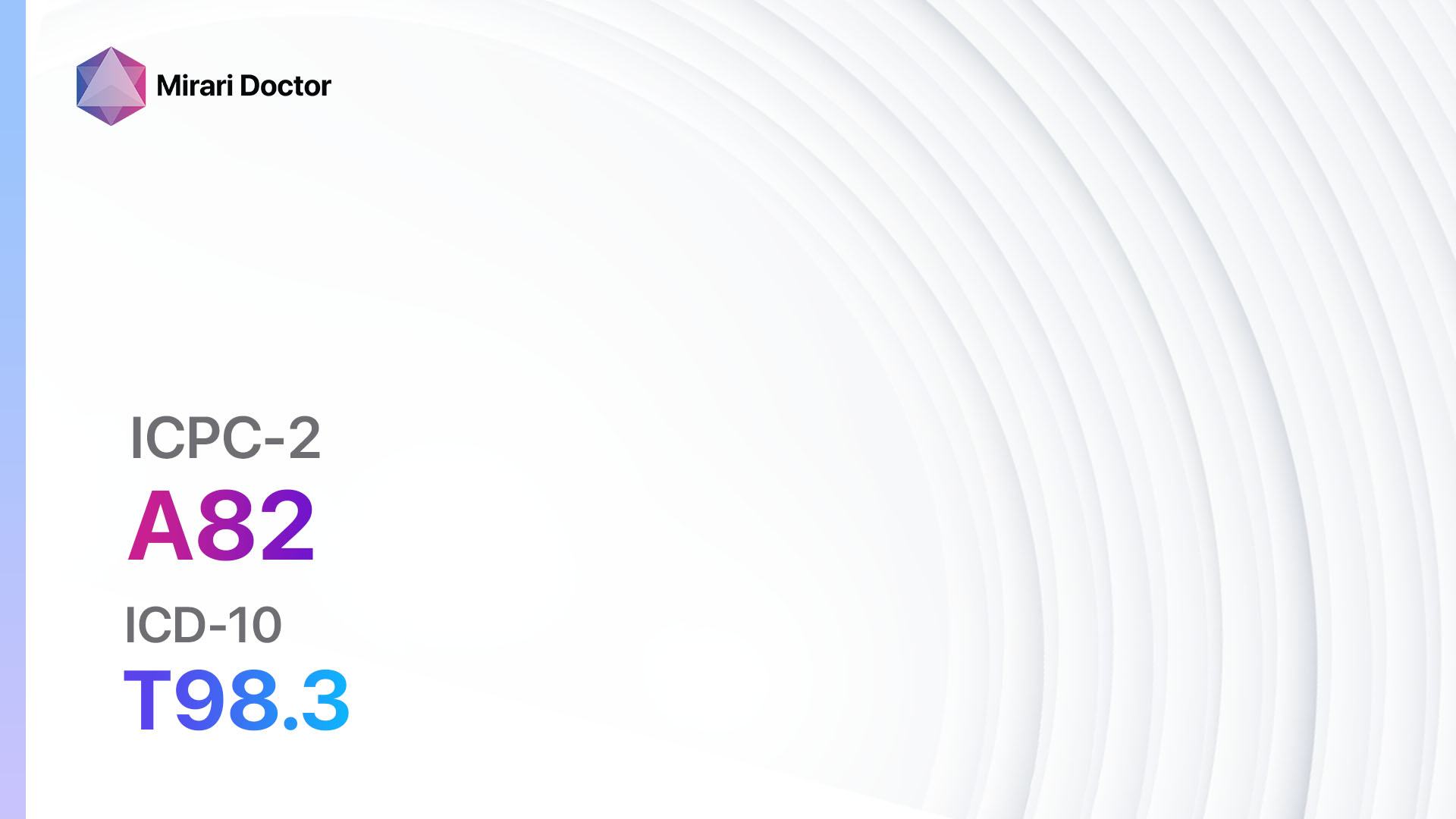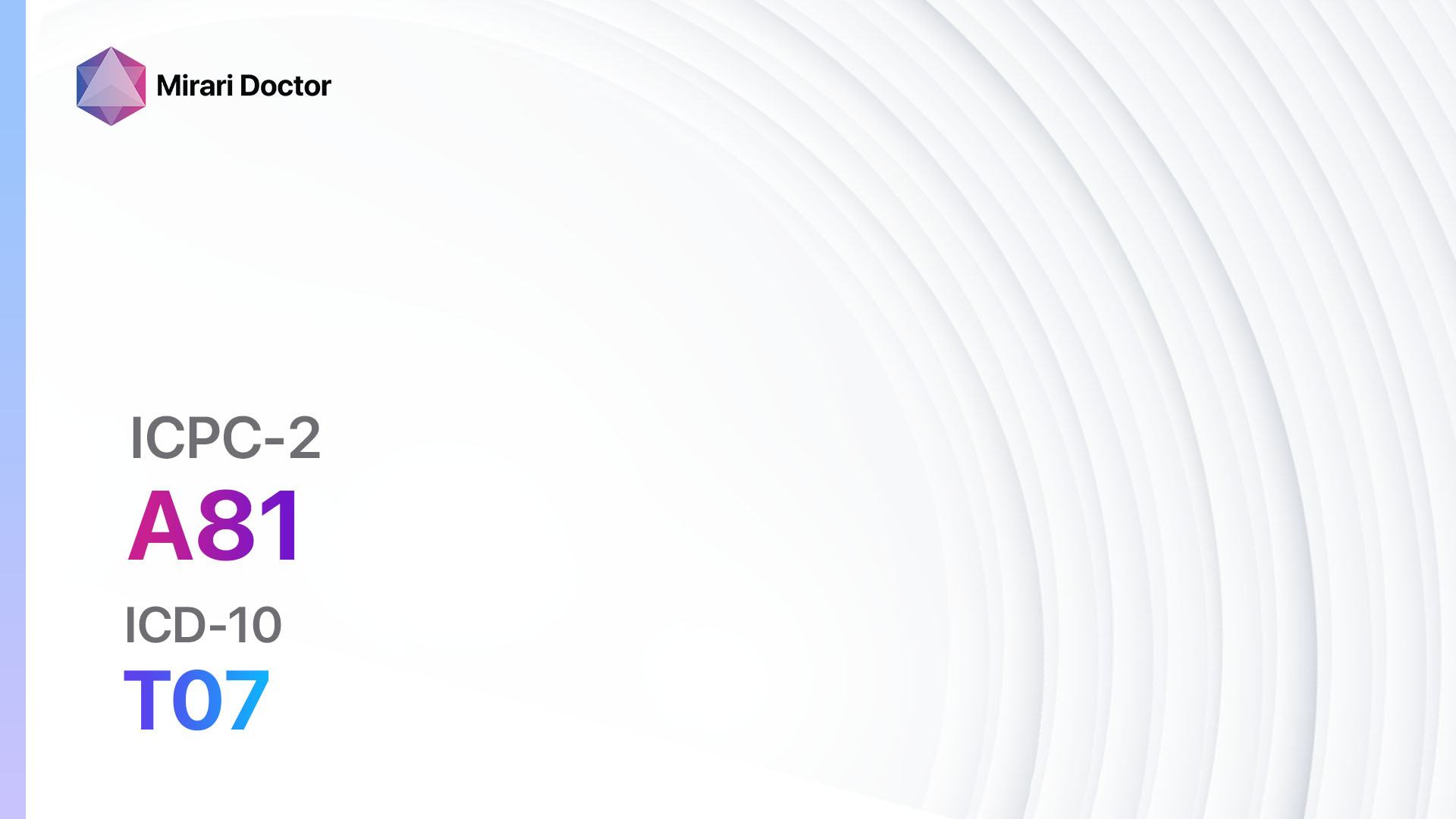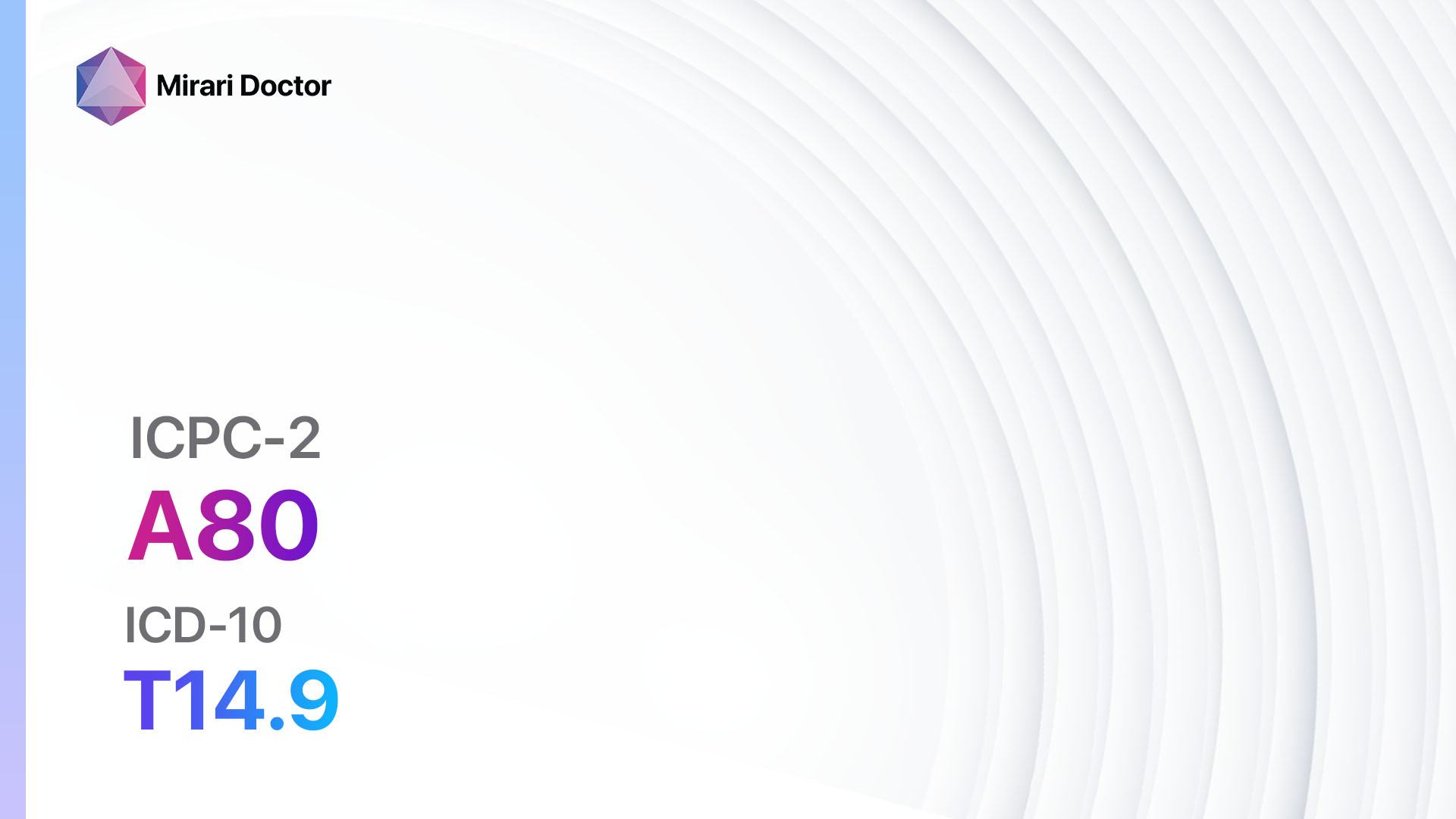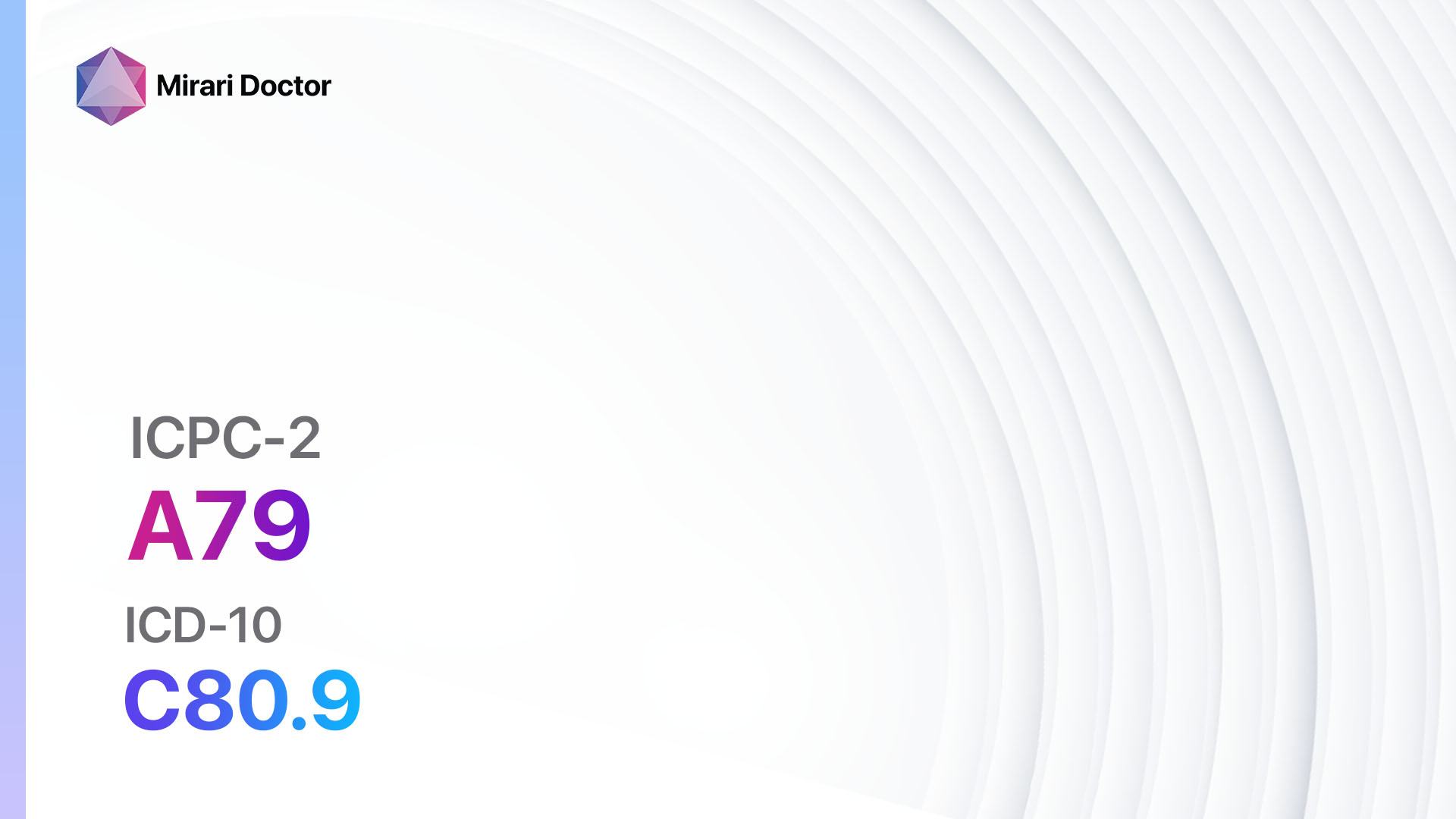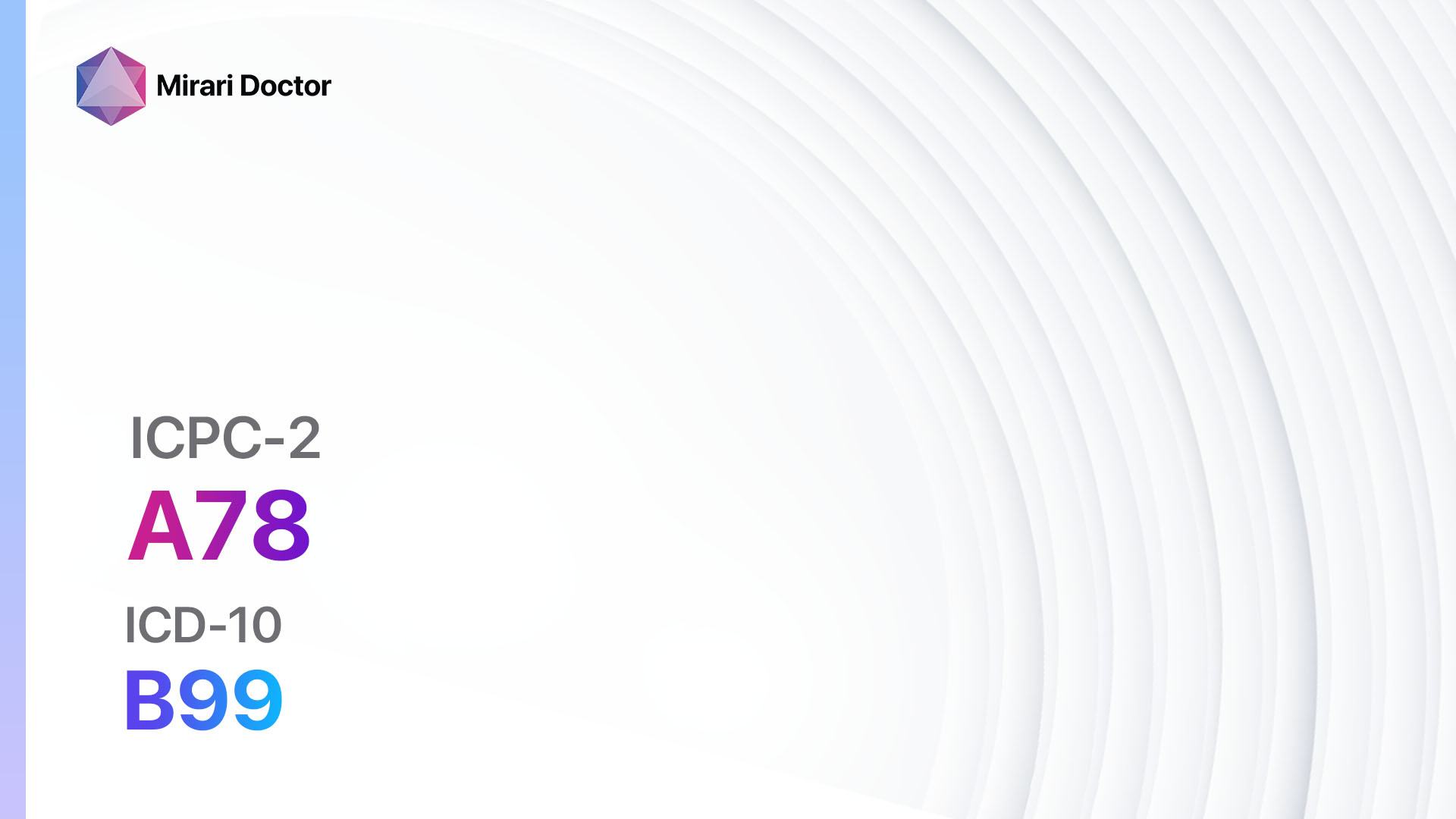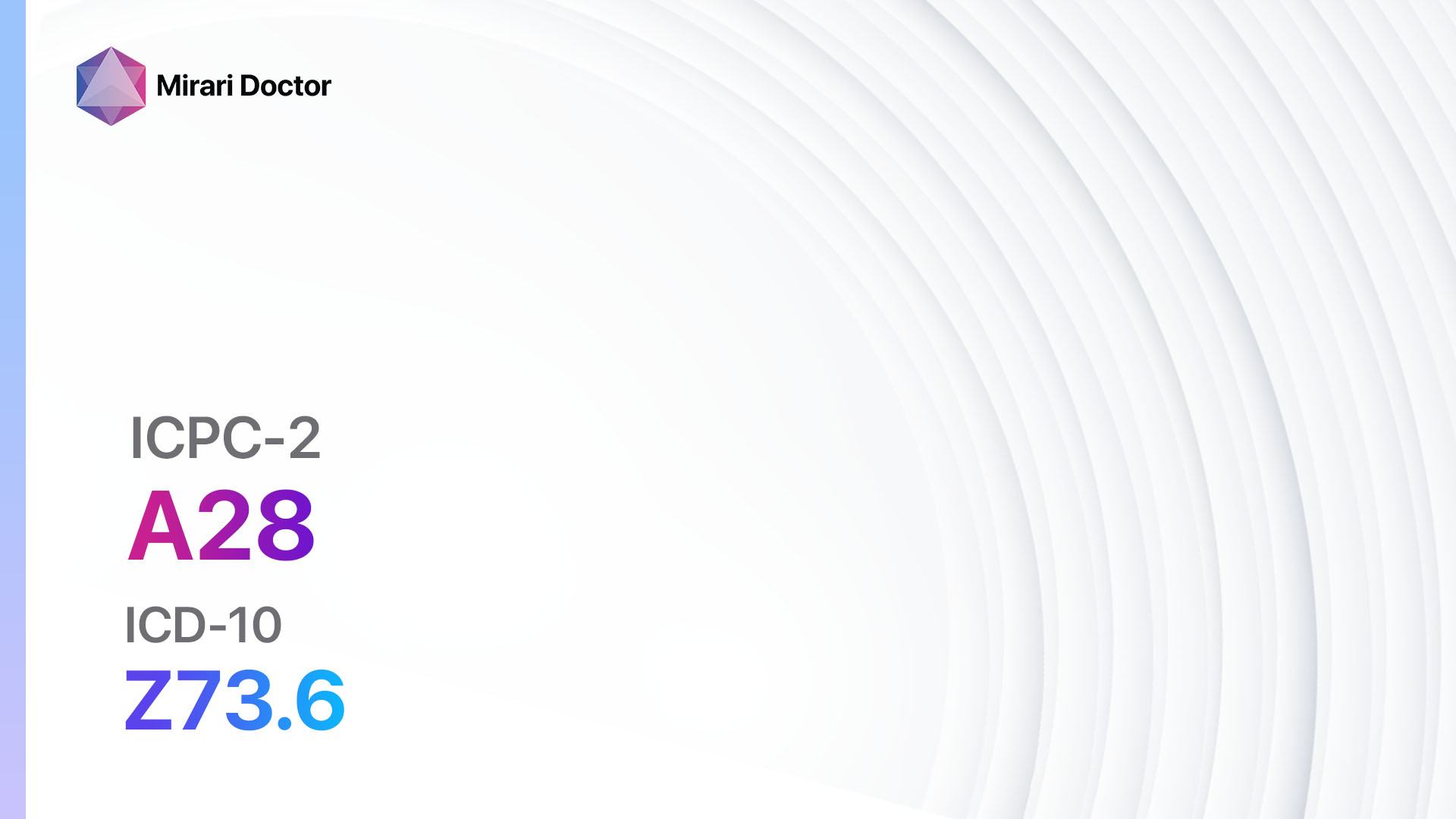
Introduction
Limited function/disability NOS refers to a condition where an individual experiences a decrease in their ability to perform daily activities due to an unknown or unspecified cause[1][2]. This condition can significantly impact a person’s quality of life and may require medical intervention to manage symptoms and improve function[3]. The aim of this guide is to provide healthcare professionals with a comprehensive overview of the diagnostic steps and possible interventions for limited function/disability NOS.
Codes
- ICPC-2 Code: A28 Limited function/disability NOS
- ICD-10 Code: Z73.6 Limitation of activities due to disability
Symptoms
- Fatigue: Patients may experience excessive tiredness and lack of energy[4].
- Pain: Individuals may have generalized or localized pain in the muscles or joints[5].
- Weakness: Patients may have a decreased ability to perform tasks that require strength[6].
- Difficulty with mobility: Individuals may have trouble walking or moving around[7].
- Impaired coordination: Patients may have difficulty with balance and coordination[8].
Causes
- Chronic conditions: Limited function/disability NOS can be caused by chronic conditions such as fibromyalgia, chronic fatigue syndrome, or autoimmune disorders[9].
- Neurological disorders: Conditions like multiple sclerosis or Parkinson’s disease can lead to limited function and disability[10].
- Musculoskeletal issues: Problems with the muscles, bones, or joints can result in limited function and disability.
- Mental health conditions: Conditions like depression or anxiety can contribute to limited function and disability.
- Unknown or unspecified causes: In some cases, the exact cause of limited function/disability NOS may not be identified.
Diagnostic Steps
Medical History
- Gather information about the patient’s symptoms, including the onset, duration, and severity.
- Identify any risk factors or medical conditions that may contribute to limited function/disability NOS.
- Assess the impact of the condition on the patient’s daily activities and quality of life.
Physical Examination
- Perform a thorough physical examination to assess muscle strength, joint mobility, and coordination.
- Look for any signs of inflammation, swelling, or tenderness in the muscles or joints.
- Evaluate the patient’s gait and balance to identify any abnormalities.
Laboratory Tests
- Complete blood count (CBC): To rule out any underlying infections or blood disorders.
- Erythrocyte sedimentation rate (ESR) or C-reactive protein (CRP): To assess for inflammation.
- Thyroid function tests: To evaluate thyroid function, as thyroid disorders can contribute to limited function.
- Rheumatoid factor (RF) and antinuclear antibody (ANA) tests: To screen for autoimmune disorders.
- Vitamin D levels: To assess for vitamin D deficiency, which can cause muscle weakness and fatigue.
Diagnostic Imaging
- X-rays: To evaluate the bones and joints for any abnormalities or signs of degeneration.
- Magnetic resonance imaging (MRI): To assess soft tissues, such as muscles and tendons, for any damage or inflammation.
- Electromyography (EMG): To evaluate nerve and muscle function, particularly in cases of suspected neuropathy or muscle disorders.
Other Tests
- Sleep study: To assess for sleep disorders, such as sleep apnea, which can contribute to fatigue and limited function.
- Psychological assessment: To evaluate for any underlying mental health conditions that may be contributing to limited function/disability NOS.
- Consultation with specialists: Depending on the patient’s symptoms and medical history, referral to specialists such as rheumatologists, neurologists, or orthopedic surgeons may be necessary.
Follow-up and Patient Education
- Schedule regular follow-up appointments to monitor the patient’s progress and adjust treatment as needed.
- Provide education to the patient about their condition, including self-management strategies and resources for support.
- Encourage the patient to engage in regular physical activity and maintain a healthy lifestyle to optimize function and well-being.
Possible Interventions
Traditional Interventions
Medications:
Top 5 drugs for Limited function/disability NOS:
- Nonsteroidal anti-inflammatory drugs (NSAIDs) (e.g., Ibuprofen, Naproxen):
- Cost: Generic versions can be $3-$20/month.
- Contraindications: History of gastrointestinal bleeding, renal impairment.
- Side effects: Upset stomach, increased risk of bleeding.
- Severe side effects: Gastrointestinal ulcers, kidney damage.
- Drug interactions: Anticoagulants, other NSAIDs.
- Warning: Prolonged use can increase the risk of cardiovascular events.
- Muscle relaxants (e.g., Cyclobenzaprine, Methocarbamol):
- Cost: Generic versions can be $10-$30/month.
- Contraindications: Glaucoma, urinary retention.
- Side effects: Drowsiness, dizziness.
- Severe side effects: Allergic reactions, liver toxicity.
- Drug interactions: Sedatives, alcohol.
- Warning: May cause drowsiness, avoid driving or operating heavy machinery.
- Antidepressants (e.g., Amitriptyline, Duloxetine):
- Cost: Generic versions can be $10-$50/month.
- Contraindications: Recent myocardial infarction, narrow-angle glaucoma.
- Side effects: Dry mouth, drowsiness.
- Severe side effects: Suicidal thoughts, serotonin syndrome.
- Drug interactions: Monoamine oxidase inhibitors (MAOIs), other serotonergic drugs.
- Warning: May take several weeks to achieve therapeutic effect.
- Anticonvulsants (e.g., Gabapentin, Pregabalin):
- Cost: Generic versions can be $10-$50/month.
- Contraindications: Hypersensitivity to the drug.
- Side effects: Dizziness, drowsiness.
- Severe side effects: Suicidal thoughts, angioedema.
- Drug interactions: Opioids, alcohol.
- Warning: May cause drowsiness, avoid driving or operating heavy machinery.
- Physical therapy:
- Cost: Varies depending on insurance coverage and location.
- Contraindications: None.
- Side effects: Temporary muscle soreness.
- Severe side effects: Rare, but may include injury during therapy.
- Drug interactions: None.
- Warning: Compliance with therapy exercises and recommendations is essential for optimal outcomes.
Alternative Drugs:
- Acetaminophen: Over-the-counter pain reliever that can be used as an alternative to NSAIDs.
- Tramadol: An opioid analgesic that can be used for moderate to severe pain.
- Corticosteroids: May be used for short-term relief of inflammation and pain.
- Antianxiety medications: Can be considered if anxiety is contributing to limited function/disability NOS.
- Antidepressant/antianxiety combination medications: May be used if both depression and anxiety are present.
Surgical Procedures:
- Surgery is not typically indicated for limited function/disability NOS. However, in cases where there is a specific underlying cause, such as a herniated disc or joint damage, surgical intervention may be considered. The cost of surgery can vary significantly depending on the specific procedure and location.
Alternative Interventions
- Acupuncture: May help reduce pain and improve overall well-being. Cost: $60-$120 per session.
- Chiropractic care: Can help improve joint mobility and reduce pain. Cost: $30-$200 per session.
- Massage therapy: May help relieve muscle tension and improve circulation. Cost: $50-$150 per session.
- Yoga: Can improve flexibility, strength, and overall physical and mental well-being. Cost: Varies depending on location and class fees.
- Meditation: Can help reduce stress and improve mental clarity. Cost: Free or low-cost with guided meditation apps or classes.
Lifestyle Interventions
- Regular exercise: Engaging in low-impact exercises such as walking, swimming, or cycling can help improve strength, flexibility, and overall function. Cost: Varies depending on gym membership or equipment costs.
- Healthy diet: Consuming a balanced diet rich in fruits, vegetables, lean proteins, and whole grains can support overall health and well-being. Cost: Varies depending on individual food choices and dietary restrictions.
- Stress management: Practicing stress-reducing techniques such as deep breathing, mindfulness, or engaging in hobbies can help improve overall well-being. Cost: Free or low-cost.
- Sleep hygiene: Establishing a regular sleep schedule, creating a relaxing bedtime routine, and optimizing sleep environment can improve sleep quality and reduce fatigue. Cost: Free or low-cost.
- Assistive devices: Using assistive devices such as canes, walkers, or orthotics can improve mobility and reduce the risk of falls. Cost: Varies depending on the specific device and insurance coverage.
It is important to note that the cost ranges provided are approximate and may vary depending on the location and availability of the interventions. It is recommended to consult with healthcare professionals and insurance providers for accurate cost information and coverage options.
Mirari Cold Plasma Alternative Intervention
Understanding Mirari Cold Plasma
- Safe and Non-Invasive Treatment: Mirari Cold Plasma is a safe and non-invasive treatment option for various skin conditions. It does not require incisions, minimizing the risk of scarring, bleeding, or tissue damage.
- Efficient Extraction of Foreign Bodies: Mirari Cold Plasma facilitates the removal of foreign bodies from the skin by degrading and dissociating organic matter, allowing easier access and extraction.
- Pain Reduction and Comfort: Mirari Cold Plasma has a local analgesic effect, providing pain relief during the treatment, making it more comfortable for the patient.
- Reduced Risk of Infection: Mirari Cold Plasma has antimicrobial properties, effectively killing bacteria and reducing the risk of infection.
- Accelerated Healing and Minimal Scarring: Mirari Cold Plasma stimulates wound healing and tissue regeneration, reducing healing time and minimizing the formation of scars.
Mirari Cold Plasma Prescription
Video instructions for using Mirari Cold Plasma Device – A28 Limited function/disability NOS (ICD-10:Z73.6)
| Mild | Moderate | Severe |
| Mode setting: 7 (Immunotherapy) Location: 1 (Sacrum) Morning: 15 minutes, Evening: 15 minutes |
Mode setting: 7 (Immunotherapy) Location: 1 (Sacrum) Morning: 30 minutes, Lunch: 30 minutes, Evening: 30 minutes |
Mode setting: 7 (Immunotherapy) Location: 1 (Sacrum) Morning: 30 minutes, Lunch: 30 minutes, Evening: 30 minutes |
| Mode setting: 7 (Immunotherapy) Location: 4 (Heart, Bile & Pancreas) Morning: 15 minutes, Evening: 15 minutes |
Mode setting: 7 (Immunotherapy) Location: 4 (Heart, Bile & Pancreas) Morning: 30 minutes, Lunch: 30 minutes, Evening: 30 minutes |
Mode setting: 7 (Immunotherapy) Location: 4 (Heart, Bile & Pancreas) Morning: 30 minutes, Lunch: 30 minutes, Evening: 30 minutes |
| Mode setting: 7 (Immunotherapy) Location: 6 (Throat, Lymphatic & Thyroid) Morning: 15 minutes, Evening: 15 minutes |
Mode setting: 7 (Immunotherapy) Location: 6 (Throat, Lymphatic & Thyroid) Morning: 30 minutes, Lunch: 30 minutes, Evening: 30 minutes |
Mode setting: 7 (Immunotherapy) Location: 6 (Throat, Lymphatic & Thyroid) Morning: 30 minutes, Lunch: 30 minutes, Evening: 30 minutes |
| Mode setting: 7 (Immunotherapy) Location: 7 (Neuro system & ENT) Morning: 15 minutes, Evening: 15 minutes |
Mode setting: 7 (Immunotherapy) Location: 7 (Neuro system & ENT) Morning: 30 minutes, Lunch: 30 minutes, Evening: 30 minutes |
Mode setting: 7 (Immunotherapy) Location: 7 (Neuro system & ENT) Morning: 30 minutes, Lunch: 30 minutes, Evening: 30 minutes |
| Total Morning: 60 minutes approx. $10 USD, Evening: 60 minutes approx. $10 USD |
Total Morning: 120 minutes approx. $20 USD, Lunch: 120 minutes approx. $20 USD, Evening: 120 minutes approx. $20 USD, |
Total Morning: 120 minutes approx. $20 USD, Lunch: 120 minutes approx. $20 USD, Evening: 120 minutes approx. $20 USD, |
| Usual treatment for 7-60 days approx. $140 USD – $1200 USD | Usual treatment for 6-8 weeks approx. $2,520 USD – $3,360 USD |
Usual treatment for 3-6 months approx. $5,400 USD – $10,800 USD
|
 |
|
Use the Mirari Cold Plasma device to treat Limited function/disability NOS effectively.
WARNING: MIRARI COLD PLASMA IS DESIGNED FOR THE HUMAN BODY WITHOUT ANY ARTIFICIAL OR THIRD PARTY PRODUCTS. USE OF OTHER PRODUCTS IN COMBINATION WITH MIRARI COLD PLASMA MAY CAUSE UNPREDICTABLE EFFECTS, HARM OR INJURY. PLEASE CONSULT A MEDICAL PROFESSIONAL BEFORE COMBINING ANY OTHER PRODUCTS WITH USE OF MIRARI.
Step 1: Cleanse the Skin
- Start by cleaning the affected area of the skin with a gentle cleanser or mild soap and water. Gently pat the area dry with a clean towel.
Step 2: Prepare the Mirari Cold Plasma device
- Ensure that the Mirari Cold Plasma device is fully charged or has fresh batteries as per the manufacturer’s instructions. Make sure the device is clean and in good working condition.
- Switch on the Mirari device using the power button or by following the specific instructions provided with the device.
- Some Mirari devices may have adjustable settings for intensity or treatment duration. Follow the manufacturer’s instructions to select the appropriate settings based on your needs and the recommended guidelines.
Step 3: Apply the Device
- Place the Mirari device in direct contact with the affected area of the skin. Gently glide or hold the device over the skin surface, ensuring even coverage of the area experiencing.
- Slowly move the Mirari device in a circular motion or follow a specific pattern as indicated in the user manual. This helps ensure thorough treatment coverage.
Step 4: Monitor and Assess:
- Keep track of your progress and evaluate the effectiveness of the Mirari device in managing your Limited function/disability NOS. If you have any concerns or notice any adverse reactions, consult with your health care professional.
Note
This guide is for informational purposes only and should not replace the advice of a medical professional. Always consult with your healthcare provider or a qualified medical professional for personal advice, diagnosis, or treatment. Do not solely rely on the information presented here for decisions about your health. Use of this information is at your own risk. The authors of this guide, nor any associated entities or platforms, are not responsible for any potential adverse effects or outcomes based on the content.
Mirari Cold Plasma System Disclaimer
- Purpose: The Mirari Cold Plasma System is a Class 2 medical device designed for use by trained healthcare professionals. It is registered for use in Thailand and Vietnam. It is not intended for use outside of these locations.
- Informational Use: The content and information provided with the device are for educational and informational purposes only. They are not a substitute for professional medical advice or care.
- Variable Outcomes: While the device is approved for specific uses, individual outcomes can differ. We do not assert or guarantee specific medical outcomes.
- Consultation: Prior to utilizing the device or making decisions based on its content, it is essential to consult with a Certified Mirari Tele-Therapist and your medical healthcare provider regarding specific protocols.
- Liability: By using this device, users are acknowledging and accepting all potential risks. Neither the manufacturer nor the distributor will be held accountable for any adverse reactions, injuries, or damages stemming from its use.
- Geographical Availability: This device has received approval for designated purposes by the Thai and Vietnam FDA. As of now, outside of Thailand and Vietnam, the Mirari Cold Plasma System is not available for purchase or use.
References
- World Health Organization. (2001). International Classification of Functioning, Disability and Health (ICF). Geneva: World Health Organization.
- American Psychiatric Association. (2013). Diagnostic and statistical manual of mental disorders (5th ed.). Arlington, VA: American Psychiatric Publishing.
- Stucki, G., Cieza, A., & Melvin, J. (2007). The International Classification of Functioning, Disability and Health (ICF): a unifying model for the conceptual description of the rehabilitation strategy. Journal of Rehabilitation Medicine, 39(4), 279-285.
- Chaudhuri, A., & Behan, P. O. (2004). Fatigue in neurological disorders. The Lancet, 363(9413), 978-988.
- Treede, R. D., Rief, W., Barke, A., Aziz, Q., Bennett, M. I., Benoliel, R., … & Wang, S. J. (2019). Chronic pain as a symptom or a disease: the IASP Classification of Chronic Pain for the International Classification of Diseases (ICD-11). Pain, 160(1), 19-27.
- Volpi, E., Nazemi, R., & Fujita, S. (2004). Muscle tissue changes with aging. Current Opinion in Clinical Nutrition & Metabolic Care, 7(4), 405-410.
- Guralnik, J. M., Ferrucci, L., Pieper, C. F., Leveille, S. G., Markides, K. S., Ostir, G. V., … & Wallace, R. B. (2000). Lower extremity function and subsequent disability: consistency across studies, predictive models, and value of gait speed alone compared with the short physical performance battery. The Journals of Gerontology Series A: Biological Sciences and Medical Sciences, 55(4), M221-M231.
- Horak, F. B. (2006). Postural orientation and equilibrium: what do we need to know about neural control of balance to prevent falls?. Age and Ageing, 35(suppl_2), ii7-ii11.
- Clauw, D. J. (2014). Fibromyalgia: a clinical review. JAMA, 311(15), 1547-1555.
- Compston, A., & Coles, A. (2008). Multiple sclerosis. The Lancet, 372(9648), 1502-1517.
Related articles
Made in USA


